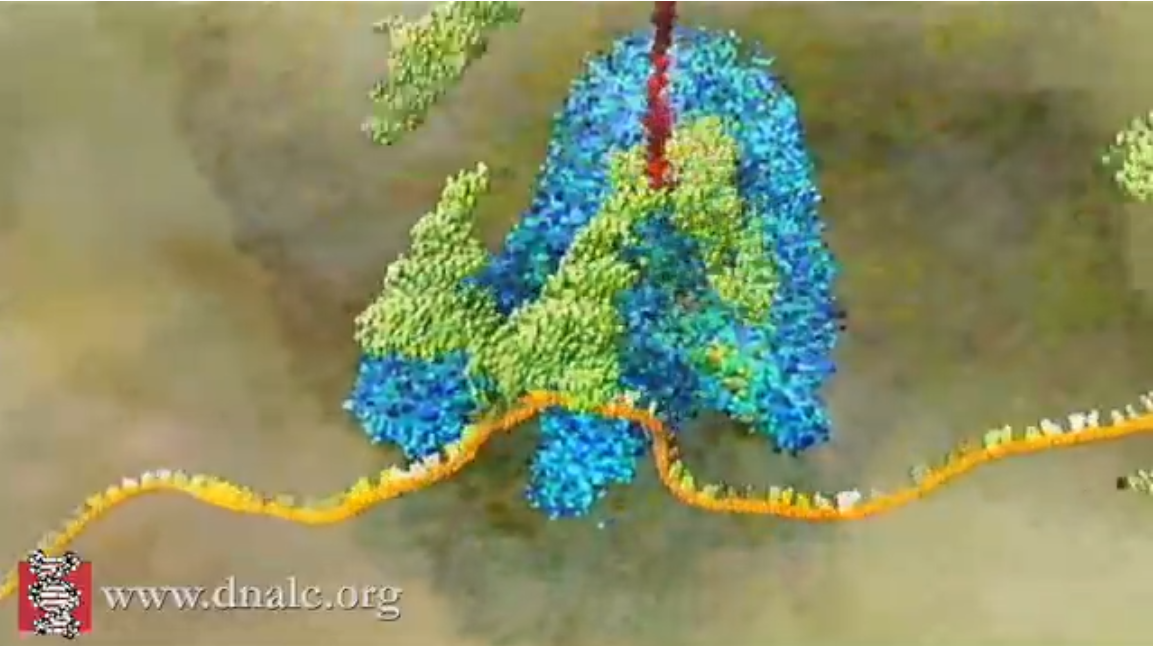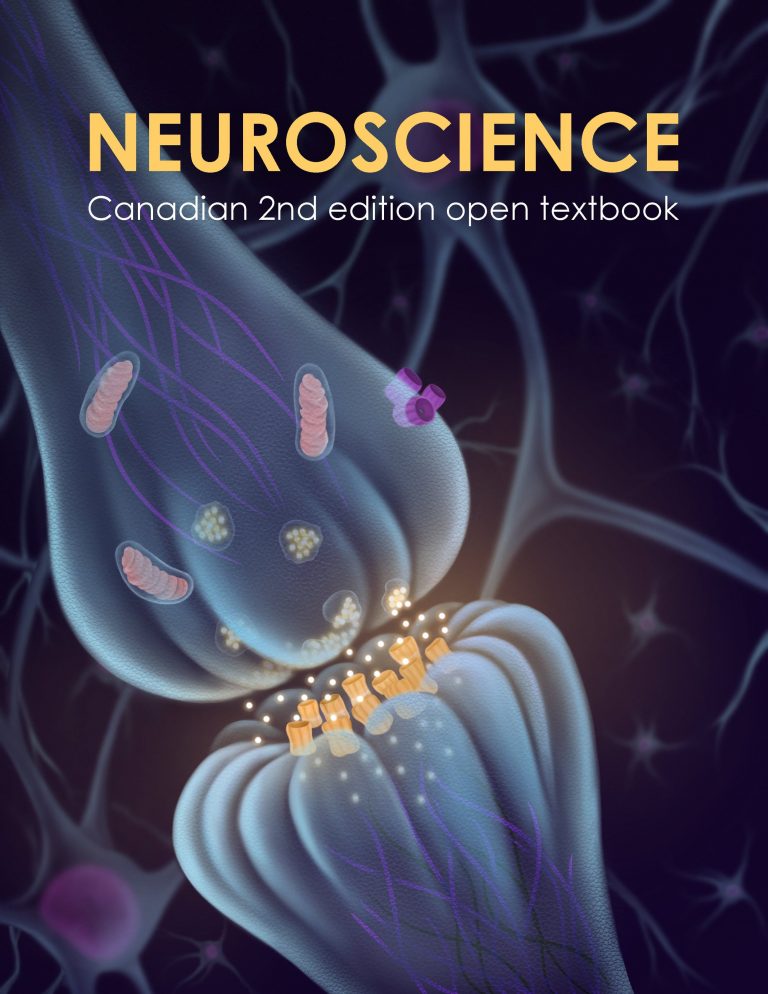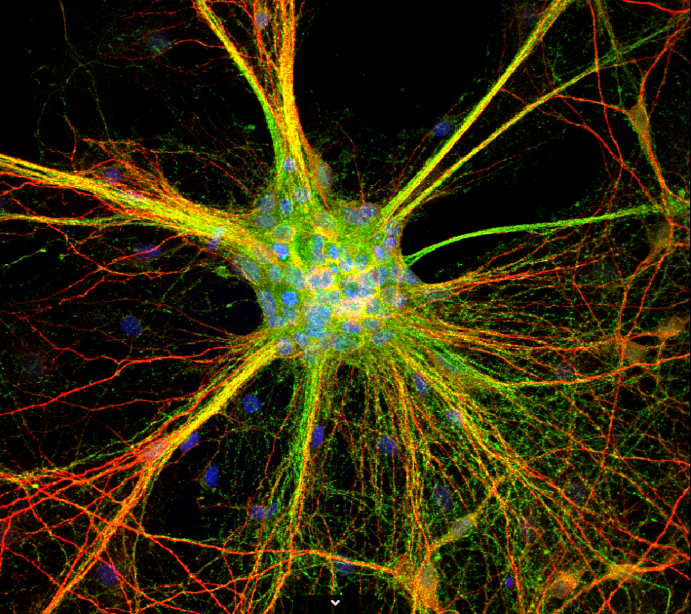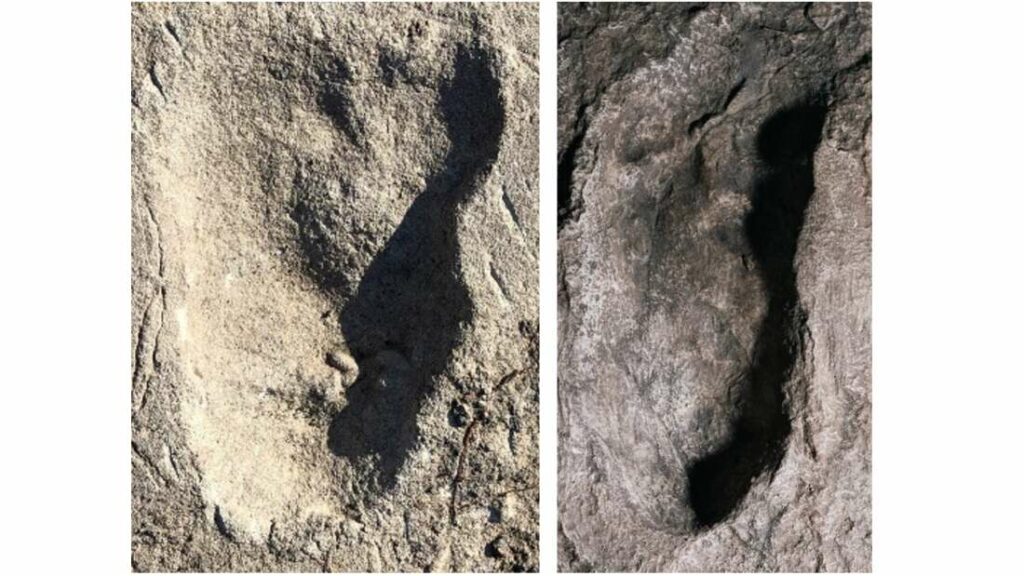Monday, 31 October 2022
A set of stunning animations
 Today I want to let you know about a set of stunning animations produced by the DNA Learning Center, which was founded by the Cold Spring Harbor Laboratory in 1988 to educate the general public about issues related to genetics. The DNA Learning Center’s Biology Animations web page contains some 50 animations about DNA, RNA, proteins and their complex interactions. Most of these animations are just a few minutes long, and all of them are are so realistic that they take your breath away—a far cry from the 2D and 3D animations that you may have seen where everything is smooth and steady and all the colours are uniform. Instead, in these animations, everything moves and pulsates, as if you were moving through the living molecular jungles inside the tiniest human cells. (more…)
Today I want to let you know about a set of stunning animations produced by the DNA Learning Center, which was founded by the Cold Spring Harbor Laboratory in 1988 to educate the general public about issues related to genetics. The DNA Learning Center’s Biology Animations web page contains some 50 animations about DNA, RNA, proteins and their complex interactions. Most of these animations are just a few minutes long, and all of them are are so realistic that they take your breath away—a far cry from the 2D and 3D animations that you may have seen where everything is smooth and steady and all the colours are uniform. Instead, in these animations, everything moves and pulsates, as if you were moving through the living molecular jungles inside the tiniest human cells. (more…)
From the Simple to the Complex | Comments Closed
Monday, 10 October 2022
A free neuroscience textbook
 Today I want to tell you about an excellent neuroscience textbook that you can read online absolutely for free! Neuroscience: Canadian 2nd Edition Open Textbook” is a very complete, typical undergraduate-level treatment of its subject, divided into four units: 1. Neuroscience: The Basics; 2. Neurodegeneration; 3. Fundamental Neuroscience Techniques (and when to use them); and 4. Emergent Topics in Neuroscience. Unit 1 covers not only the anatomy and physiology of the entire nervous system, but also those of the system, which is so closely linked to it. Unit 3, on neuroscience techniques, is fairly extensive, explaining highly complex techniques such as optogenetics. Unit 4 delves into subjects that are getting a lot of attention from cognitive scientists today and that you’d never have seen in a neuroscience textbook 10 or 20 years ago, such as the beneficial effects of art, exercise and meditation on the brain. The book also includes quiz questions and links to videos on other websites. (more…)
Today I want to tell you about an excellent neuroscience textbook that you can read online absolutely for free! Neuroscience: Canadian 2nd Edition Open Textbook” is a very complete, typical undergraduate-level treatment of its subject, divided into four units: 1. Neuroscience: The Basics; 2. Neurodegeneration; 3. Fundamental Neuroscience Techniques (and when to use them); and 4. Emergent Topics in Neuroscience. Unit 1 covers not only the anatomy and physiology of the entire nervous system, but also those of the system, which is so closely linked to it. Unit 3, on neuroscience techniques, is fairly extensive, explaining highly complex techniques such as optogenetics. Unit 4 delves into subjects that are getting a lot of attention from cognitive scientists today and that you’d never have seen in a neuroscience textbook 10 or 20 years ago, such as the beneficial effects of art, exercise and meditation on the brain. The book also includes quiz questions and links to videos on other websites. (more…)
From the Simple to the Complex | Comments Closed
Monday, 22 August 2022
Neurons as Works of Art
 If you visit the website that I’m going to tell you about today, you’re likely to kill a lot of time there, as I just did. But if visiting a museum to enjoy beautiful art isn’t really killing time, then neither is visiting NeuroArt® —an online gallery of gorgeous images of neurons and the brain, produced with dyes, tracers and a variety of other technical methods. (more…)
If you visit the website that I’m going to tell you about today, you’re likely to kill a lot of time there, as I just did. But if visiting a museum to enjoy beautiful art isn’t really killing time, then neither is visiting NeuroArt® —an online gallery of gorgeous images of neurons and the brain, produced with dyes, tracers and a variety of other technical methods. (more…)
From the Simple to the Complex | Comments Closed
Friday, 15 July 2022
Who Fact-Checks the Fact-Checkers?
 That’s not so simple a question as it may seem, because although we are often rightfully warned against people who claim to have “done their research” on some subject or other and to have discovered unbelievable secrets about it, we are also often asked to accept fact checkers as sources of absolute truth, when they’re really not. They’re just ordinary journalists who are being paid to do their jobs as best they know how while dealing with complex, specialized disciplines and concepts with which they are no more familiar than you or I. So in the end, what do fact checkers offer us? Their own subjective accounts of small slices of reality that they think they have understood and that we hope most of them are presenting in a responsible way—in other words, a far cry from what is suggested by the categorical labels of “true” and “false” that all too often litter fact checkers’ articles on complex subjects such as the human brain, or Covid-19. (more…)
That’s not so simple a question as it may seem, because although we are often rightfully warned against people who claim to have “done their research” on some subject or other and to have discovered unbelievable secrets about it, we are also often asked to accept fact checkers as sources of absolute truth, when they’re really not. They’re just ordinary journalists who are being paid to do their jobs as best they know how while dealing with complex, specialized disciplines and concepts with which they are no more familiar than you or I. So in the end, what do fact checkers offer us? Their own subjective accounts of small slices of reality that they think they have understood and that we hope most of them are presenting in a responsible way—in other words, a far cry from what is suggested by the categorical labels of “true” and “false” that all too often litter fact checkers’ articles on complex subjects such as the human brain, or Covid-19. (more…)
From the Simple to the Complex | Comments Closed
Monday, 20 June 2022
Rediscovery of the traces of another hominin species from the same time as Lucy
 The earliest traces of bipedalism are associated with Australopithecus afarensis, the species of the famous fossil Lucy. But if a study published recently in the journal Nature is accurate, scientists have just authenticated different traces of another bipedal species that lived at exactly the same time. (more…)
The earliest traces of bipedalism are associated with Australopithecus afarensis, the species of the famous fossil Lucy. But if a study published recently in the journal Nature is accurate, scientists have just authenticated different traces of another bipedal species that lived at exactly the same time. (more…)
Evolution and the Brain | Comments Closed







